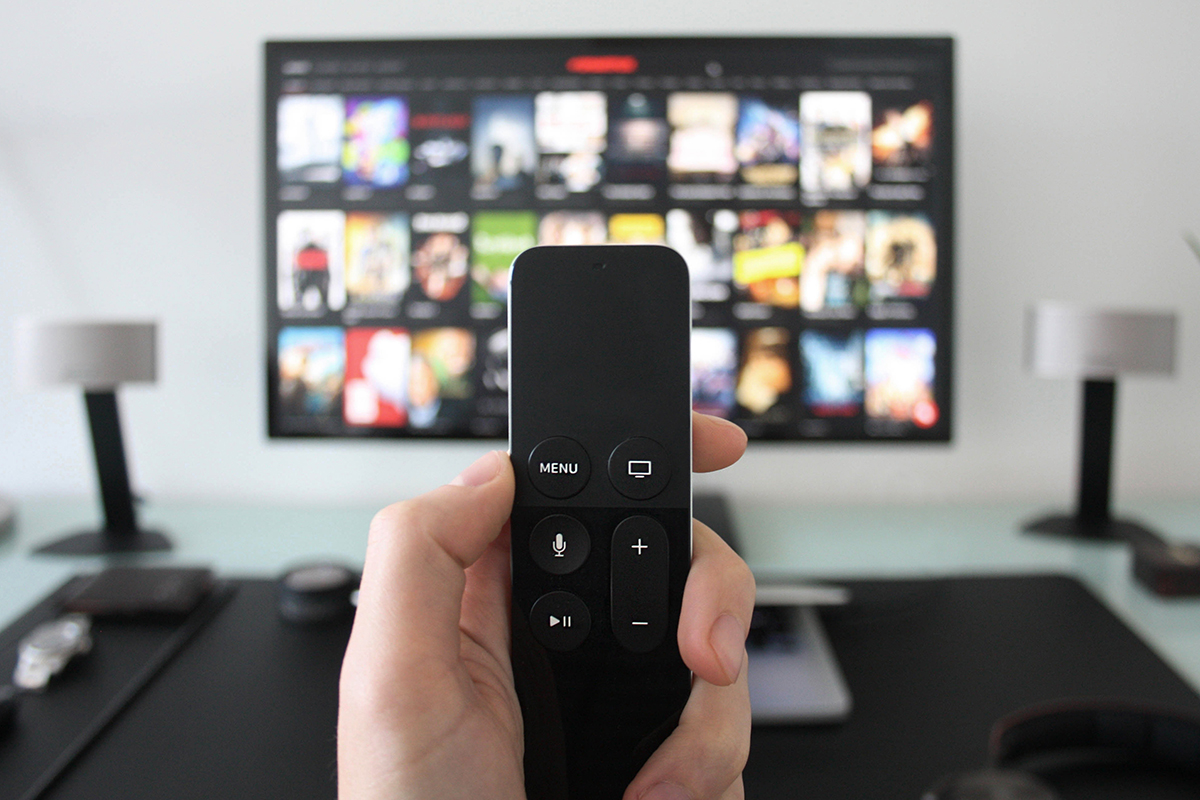The Internet of Things (IoT) has brought on unprecedented technological transformation. Increasingly, we’re living in an age of “connectedness,” where everything from smartphones, smart gadgets, smart cars, and even smart homes are connected to the Internet. As this technology evolves to provide us with more connected experiences, our everyday lives become more convenient and comfortable through smarter living.
However, despite IoT innovations, one area of electronics remains frustrating to use. Of course, I’m talking about remote controls. Trying to use a remote control with a smart TV for anything more than channel changing or volume adjusting usually leads to a frustrating experience. There’s nothing worse than struggling with unresponsive buttons or dealing with a dud remote that refuses to connect to the Internet. It can even be downright embarrassing when you’re the hosting company, but you can’t get the TV to work.
Smart TVs aren’t exactly a new concept, so why are our remote controls so dumb?
A Quick Rundown of Remote Controls

In the 1950s, the first wireless TV remotes became available. Unlike today’s battery-powered remotes, these remotes were mechanical and simple. Pushing a button caused a small hammer inside the control to hit an aluminum bar, which produced an ultrasonic sound. The TV would interpret these sounds as commands, such as turning the TV on or off, turning the volume up or down, or changing the channel. This is where we get the name “clicker,” as each button press made a clicking sound.
Ultrasonic remotes were the standard until the 1980s, when remotes began using infrared (IR) light signals that are still used today. IR remotes use LED lights to transmit infrared signals to the TV, emitting pulses of invisible infrared light that correspond to specific binary codes. IR remotes became popular as consumers began to demand a more sophisticated remote with greater functionality, and as the price of transistors decreased, making cheaper electronic remotes possible.
Today, the majority of remote controls are still IR-based. However, to enhance the end-user experience, TV manufacturers have begun experimenting with more advanced features on remotes, including Wi-Fi® / Bluetooth® connectivity, keyboard interfaces, and even touchscreen functionality. While these features are impressive, there is one advanced feature that manufacturers are just beginning to explore: voice recognition.
The Future of Remote Control: Voice Recognition

By adding voice recognition to a TV remote control, the entire user experience turns on its head. Typical inconveniences that may come with the pushing of buttons, such as transmit delays, lost progress, and tedious spelling work, can be eliminated entirely. Other potential issues, such as needing to maintain a line of sight or needing sufficient light to see the buttons, are also gone.
In a voice-enabled remote, the interaction between the user and the remote becomes instant. The user activates the remote and speaks their command. These commands don’t have to adhere to the rigid menu structures found in most remotes, allowing the user a more flexible and convenient experience.
For example, a user can press the activation button on their remote and give the instruction, “Record the program ‘Shark Tank’ tonight at 6 pm.” With standard remotes, the user has to navigate dense menus and manually set the system to record the program. However, with a voice-enabled remote, it’s as simple as activating the remote, speaking the command, and confirming the action.
Why Not Use Voice-Enabled TVs?
When we use something like Alexa®, Google®, or Siri® for voice control, our voices are digitized and sent over the Internet to be processed. With most smart TVs connected to the Internet, you might be wondering: why can’t I just speak to my TV?
For one, without any interaction from a remote control, a TV would have to be listening to recognize your voice directly at all times. While some TVs are capable of this, the always-listening aspect has raised user concerns about privacy and security. Even without consulting any data, it’s safe to say that most people are uncomfortable having their home conversations being recorded continuously and sent over the Internet.
Secondly, always-listening TVs face technological challenges. The TV must be able to isolate commands from surrounding noise, whether from background conversations or from the TV audio itself.
Using a remote to initiate voice commands addresses both of these concerns. Users can choose when to engage with the remote control, and their voice only has to travel inches away to the remote rather than across a room to the TV.
Why Don’t We Have Voice-Enabled Remote Everywhere?
If voice recognition in remote controls can simplify remote usage so much, why isn’t it in every remote on the market? For one, the data and processing power needed to perform voice recognition is more than what most remote controls are capable of. In fact, most TVs and smartphones are only beginning to make use of voice recognition through cloud computing.
Currently, key factors holding back the broad adoption of voice-enabled remote controls are cost, infrastructure, and technology.
Cost is a hugely motivating factor for manufacturers and product designers. The bill of materials (BOM) for a voice-enabled remote will contain additional components, such as a microphone and processor. The cost for the TV and the infrastructure supporting voice recognition must also be considered.
Even if a remote can support voice recognition, there needs to be infrastructure on the back- end to process and decode the user’s commands. The TV provider, therefore, must develop a reliable voice recognition engine or purchase one from a third-party. Infrastructure is one area that continues to evolve as companies look for ways to improve the user experience.
In terms of technology, several hurdles must be overcome. For one, smart remotes must be power-efficient since they typically use standard, non-rechargeable AA batteries. And despite the extra load brought on by voice recognition features like Push-to-Talk (PTT) and the wake word engine (WWE), which generally consume a lot of power, consumers still expect to use their remote without frequent battery replacement.
Secondly, voice recognition in remote controls needs to work effectively in noisy environments, at varying distances from users (usually 3-9 feet). These remotes must be able to isolate the user’s voice command from any surrounding noise and process it instantaneously. The remote must be able to do this day in and day out, year after year.
How Ambiq is Enabling Voice Recognition in Remotes
Ambiq’s ultra-low-power microprocessors are transforming remote controls, both in terms of their capabilities and their potential. By enabling always-on voice detection and recognition, remote controls can do more than change the channel. Quickly, these remote controls are evolving into virtual assistants capable of integrating into our homes for a wireless and hands-free environment.
By utilizing Bluetooth wireless technology chipsets and specialized embedded microprocessors, Ambiq® is helping remote controls behave more intuitively for smoother user experience.
To learn more about how Ambiq’s technology can enable the remote controls of the future, visit our website.


